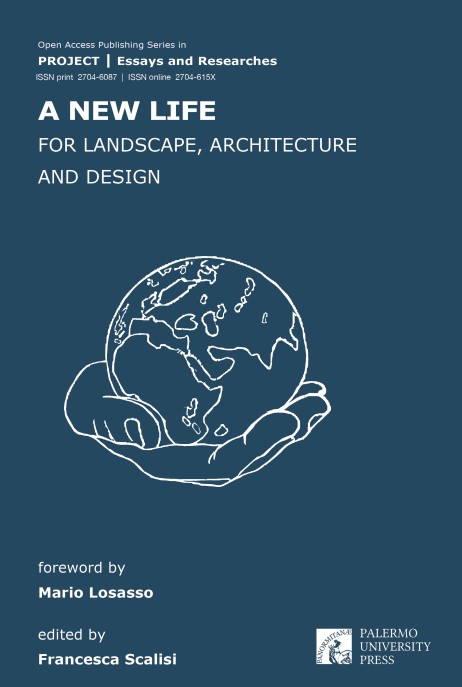
Title
STOP (-UP) the destruction. A design upgrade for the regeneration of devastated sites
DOI
doi.org/ 10.19229/978-88-5509-291-3/6102021
Keywords
earthquake, devastation, dwelling, provisional works, stop cards
Abstract
After an earthquake, the devastated / uninhabited city receives a new occupation: the provisional securing works that transform the image and the use of the places. One wonders about the possibility of considering these works as elements of regeneration of a landscape in which the community can still recognize itself. It is possible to re-read this type of interventions from an architectural point of view, interpreting them as parts of an installation capable of making the city usable. The investigative paper is supplemented by a design experimentation carried out in the city of Norcia, hit by an earthquake in 2016. In particular, from the securing project of the Monastery of Sant’Antonio, a generalization of the possibilities of intervention has been reached with the aim of rethinking the STOP-UP Vademecum cards (where STOP-UP stands for Schede Tecniche delle Opere Provvisionali e Usi Potenziali, that is Technical specification of Provisional Works and Potential Uses).
Section
Architecture | Research & Experimentation
pp. 174-191
Author(s)
Maria Masi
Author(s) Biography
Maria Masi, Architect and PhD Candidate in Philosophy of Architectural Interior at the Department of Architecture – Department of Humanities of the ‘Federico II’ University of Naples (Italy), investigates on the condition of the post-disaster city and, particularly, on the possibility of identifying design practices aimed at avoiding abandonment and ensuring continuity of living. Mob. +39 333/30.44.930 | Email: maria.masi@unina.it
References
Corboz, A. (1998), Ordine sparso – Saggi sull’arte, il metodo, la città e il territorio, FrancoAngeli, Milano.
D’Alfonso, M. (2015), Michele Nastasi, Città sospesa – L’Aquila dopo il terremoto, Actar Publishers, New York.
Ferlenga, A. and Bassoli, N. (eds) (2018), Ricostruzioni – Architettura, città, paesaggio nell’epoca delle distruzioni, Silvana Editoriale, Cinisello Balsamo.
Giardiello, P. (2017), Nel/Sul – Frammenti di una ricerca impaziente, LetteraVentidue, Siracusa.
Marini, S. (2010), Nuove terre – Architettura e paesaggi dello scarto, Quodlibet Sudio, Macerata.
Ministero dell’Interno, Corpo Nazionale dei Vigili del Fuoco and Università degli Studi di Udine (2010), Manuale opere provvisionali – L’intervento tecnico urgente in emergenza sismica, Tipolitografia INAIL, Milano.
Norberg-Schulz, C. (1979), Genius Loci – Paesaggio Ambiente Architettura, Electa, Milano.
Rumiz,P. (2019), Il filo infinito, Giangiacomo Feltrinelli Editore, Milano.
Rykwert, J. (1993), L’architettura e le altre arti, Jaca Book, Milano.
Saitto, V. (2017), “Rivestimento vs travestimento – Note sul ruolo della decorazione in architettura”, in Alison, A. (ed.), Per una filosofia dell’interno architettonico – Lezioni in un dottorato di ricerca, Diogene, Campobasso, pp. 135-141.
Tagliabue Volontè, F. and Bassoli N. (2017), STEM procedure – Strategie di rigenerazione post sisma | Post earthquake regeneration strategies, Maggioli Editore, Santarcangelo di Romagna (RN).
